We are not at all on track with the realisation of SDG Target 16.3: equal access to justice for all.
HiiL’s surveys show that 60% of the justice needs people have involve five problems: family disputes, neighbour disputes, employment disputes, crime, and land disputes. These concern key relationships and needs. Shockingly, a little over 70% of the people who experience such problems do not find a satisfactory resolution. The survey also revealed that almost 30% don’t even feel empowered enough to take action and that women and other vulnerable groups have less access to justice.
For each of the five priority problems we measure severe consequences: from violence and loss of livelihood to damaged relationships and health problems.
This affects more than half of the world’s population. To deal with this challenge we need two things:
- A lot of innovation, because existing mechanisms are not delivering
- Solutions at scale, because a lot of people need to be reached.
Why is this not happening? This was the key question addressed at a Justice Dialogue held in the Peace Palace in December 2017, hosted by the Justice Leadership Group and HiiL. Chief Justices, (assistant) Ministers of Justice, and justice innovation leaders from all across the world gathered to discuss the topic of Breaking barriers to justice innovation.
How can we develop a better functioning justice market that involves government, civil society, and the private sector in ways that produces both: innovation and solutions at scale? The dialogue gave rise to three main themes:
Innovation priorities
Some needs are more pressing than others. Budgets are not endless and organisational capacity has limits. How do you know your innovation priorities? The keyword is data. We need data on justice needs that can be presented in an actionable way, enabling stakeholders to build an agenda and strategy around it. This data should be made available to the public. We also need documented and systematized evidence of what works. This evidence could help in implementing a system that measures improvement. Lastly, we need to shift our focus from a response-system to cost-effective prevention.
Roles and partnerships
Designing and implementing innovating justice solutions requires the coordination of many efforts. What efforts, and how do they work together? The discussion made clear that key actors and stakeholders in the judicial system must rethink their view on partnerships. Up until now, the private sector has largely been absent and, in fact, often not welcome. However, there are many areas where public-private partnerships (PPPs) in the justice sector can prove to be both effective and efficient. Ownership is another element: a ministry of justice, a chief justice, and a chief prosecutor cannot place justice innovation on the agenda by themselves. While forging partnership is crucial, we also need people who can be responsible. Why can we not have a ‘CEO’ of family, employment, crime, neighbor or land justice problems?
Funding for justice innovation
Innovation and scaling up need funding. But where are the innovation funds? Currently, there is hardly any budget for investment in the entrepreneurial justice sector. We need to help investors realise why it makes sense to invest in justice innovations. Unresolved justice needs undermine social harmony and economic growth. This argument needs to be prioritised if we are to get the political leadership on board. The link is – or should be – fairly obvious: there can be no peace and prosperity without justice.
In this report, you will find the main conclusions of the group and follow-up that they agreed to.
We welcome your thoughts, input, and invite you to join us in the effort to break down the barriers to justice innovation!
Please contact Eirin Sundby for more information.

